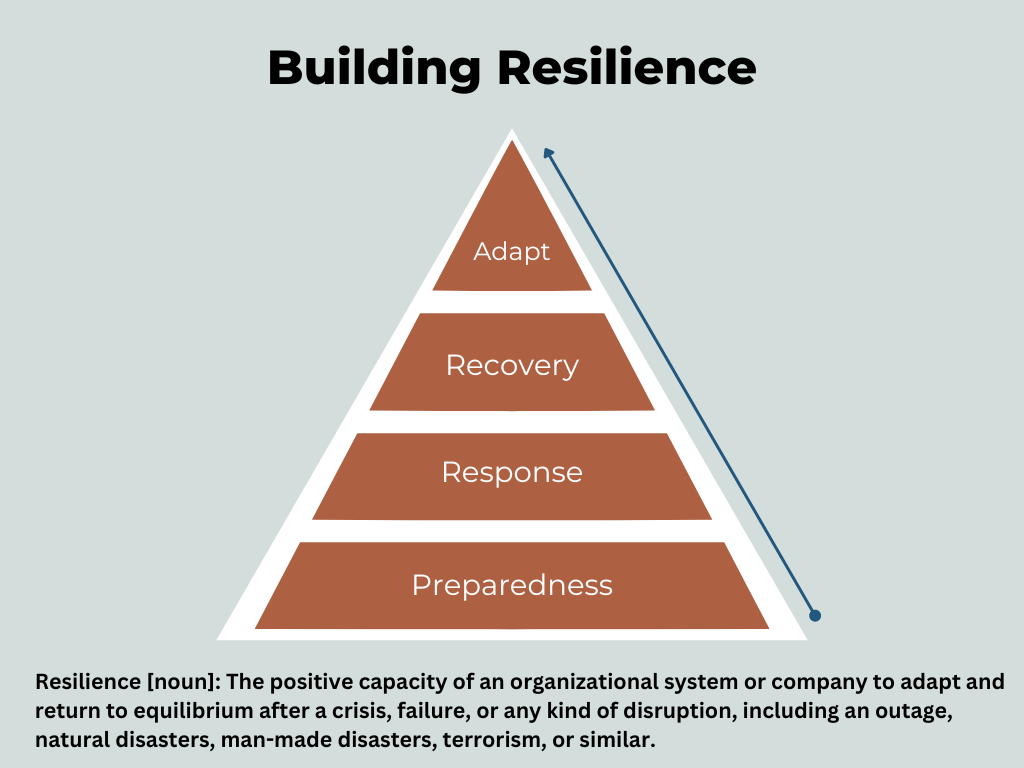Overview
The Southwest Center for Occupational and Environmental Health (SWCOEH) supports outreach activities that leverage the abundant academic and research resources and our commitment to education, research, and service in collaboration with our partners and stakeholders. The goal of the outreach program is to connect research to practice and promote and protect the health, safety, and well-being of workers and their communities. Our outreach program is designed to reach at-risk populations through innovative activities that engage workers and communities to achieve well-being.
Since 1977, the SWCOEH has designed and delivered outreach initiatives on current and emerging occupational and environmental health issues to serve the needs of workers and their communities.
Mission
The mission of the Southwest Center for Occupational and Environmental Health (SWCOEH) Outreach Program is to meet the needs of occupational and environmental safety and health professionals, organizations, employers, and workers within the Public Health Region 6 (Arkansas, Louisiana, Oklahoma, New Mexico, and Texas) and beyond. Our outreach to worker populations focuses on the unique needs and challenges of the at-risks contingent workforce.
What we offer
Leveraging the extensive academic and research resources of the SWCOEH, the Outreach Program develops, implements, and evaluates a diverse range of activities tailored to the unique worker populations and communities in our region. In collaboration with partners and regional stakeholders, we translate knowledge to know-how to promote and protect the health, safety, and well-being of workers and their communities.
Tell us your outreach needs
Interested in specialized outreach activities to respond to current or emerging needs? Would you like to partner with SWCOEH to design an outreach initiative for community?
Email: [email protected] to let us know how we can be of service.
For More Information
Lacy Davis, MA
Director, Outreach Program
Southwest Center for Occupational and Environmental Health
UTHealth Houston School of Public Health
1200 Pressler, RAS West 1038
Houston, TX 77030
Phone: 713-500-9447
Email: [email protected]
Silvia P. Santiago, MAHS
Coordinator, Outreach Program
Southwest Center for Occupational and Environmental Health
UTHealth Houston School of Public Health
1200 Pressler, RAS West 1014
Houston, TX 77030
Phone: 713-500-9444
Email: [email protected]
Fire Department
The Southwest Center for Occupational and Environmental Health (SWCOEH) at UTHealth Houston has partnered with the Houston Fire Department for a neurotoxicant study. Led by primary investigator Jooyeon Hwang, PhD, MS and Spencer Chichester, BS and Youngjin Kim, BS, NIOSH trainees in Industrial Hygiene at the SWCOEH. This video highlights the first day of fire simulation in the neurotoxicant study.
Docside Clinic
Shannon Guillot-Wright, PhD, an associate professor with the Department of Epidemiology, Human Genetics, and Environmental Sciences (EHGES) and affiliated faculty with the Southwest Center for Occupational and Environmental Health (SWCOEH) and the Center for Health Equity at UTHealth School of Public Health, was awarded nearly $1 million from the National Institute for Occupational Safety & Health (NIOSH) and Centers for Disease Control & Prevention (CDC).
The 2-year study of injury prevention among fishermen was centered around the Docside Clinic in Galveston, Texas. The Docside Clinic was born out of community-based work with fishermen in Southeast Texas. Guillot-Wright and her team, including Lacy Davis, the Senior Program Manager, were interested in learning about preventing slips, trips, and falls – the leading injury for fishermen. It started as a one-time event to connect fishermen to primary care but has grown to monthly visits and interactions with nearly 300 fishermen.

The Southwest Center for Occupational and Environmental Health (SWCOEH) supports the innovative and impactful work of the Prevention, Preparedness, and Response (P2R) Consortium, a large multi-site, multi-program training project funded by the National Institute for Environmental Health Sciences (NIEHS) Worker Training Program (WTP), develops and delivers preparedness training to workers and volunteers across the nation. Guided by a shared vision – to reduce work-related harm and improve disaster preparedness and response – and an external advisory board of devoted and experienced professionals, the P2R Consortium serves as a resource for workers, responders, and residents across the country with a targeted focus on the population of United States Department of Health and Human Services Public Health Regions 5, 6, and 8.
NIEHS P2R Consortium
Comprised of dedicated experts in risk management and safety disciplines critical to the nation’s health and well-being, the P2R Consortium includes two primary programs and a supplemental program.
- The Hazardous Waste Worker Training Program (HWWTP), launched in 2010, focuses on mitigating chemical and other hazards in routine work settings and in response to unintentional releases. The cornerstone of this training program is the 40-hour Hazardous Waste Operations and Emergency Response (HAZWOPER) course.
- The HazMat Disaster Preparedness Training Program (HDPTP), launched in 2015, promotes emergency preparedness of high-risk industries and places special emphasis on building the capacity of vulnerable communities to respond to environmental and work-related threats.
- In response to the COVID-19 pandemic, the P2R Consortium received a series of supplemental funds to mitigate the impact of the pandemic. One of those programs, called the El Paso COVID-19 Recovery Training Program, met its original three goals earlier than expected. The original goals were to (1) develop and deploy a tailored, on-site risk profile assessment tool to systematically quantify the SARS-CoV-2 transmission-related risks associated with site- and job-specific attributes, (2) identify and assign pertinent controls to mitigate the identified occupational risks, and (3) deliver targeted hazard mitigation strategies based on the hierarchy of controls framework to participating businesses. As the project progressed, the project team realized an opportunity to add two additional goals: to (4) implement a second phase of outreach to assess the impact of the program among the participating small businesses and (5) elicit information about professional experiences during and prior to project implementation, including the community’s response to community health workers as public health professionals. To conclude, the dedication and expertise of the P2R Consortium team has led to the following public health impact: a knowledgeable workforce and community with the skills and confidence to recognize and mitigate hazards, thereby protecting health and well-being.

